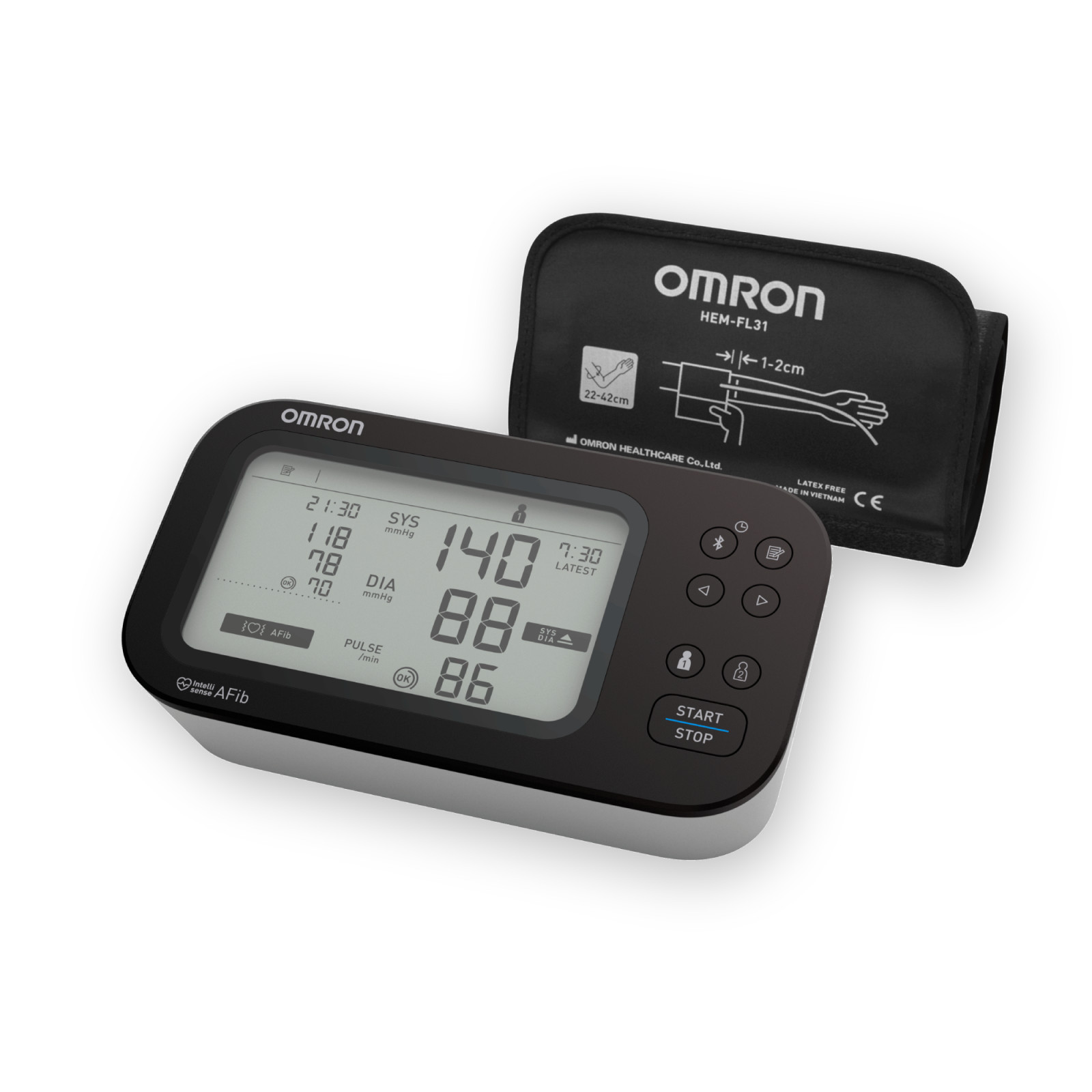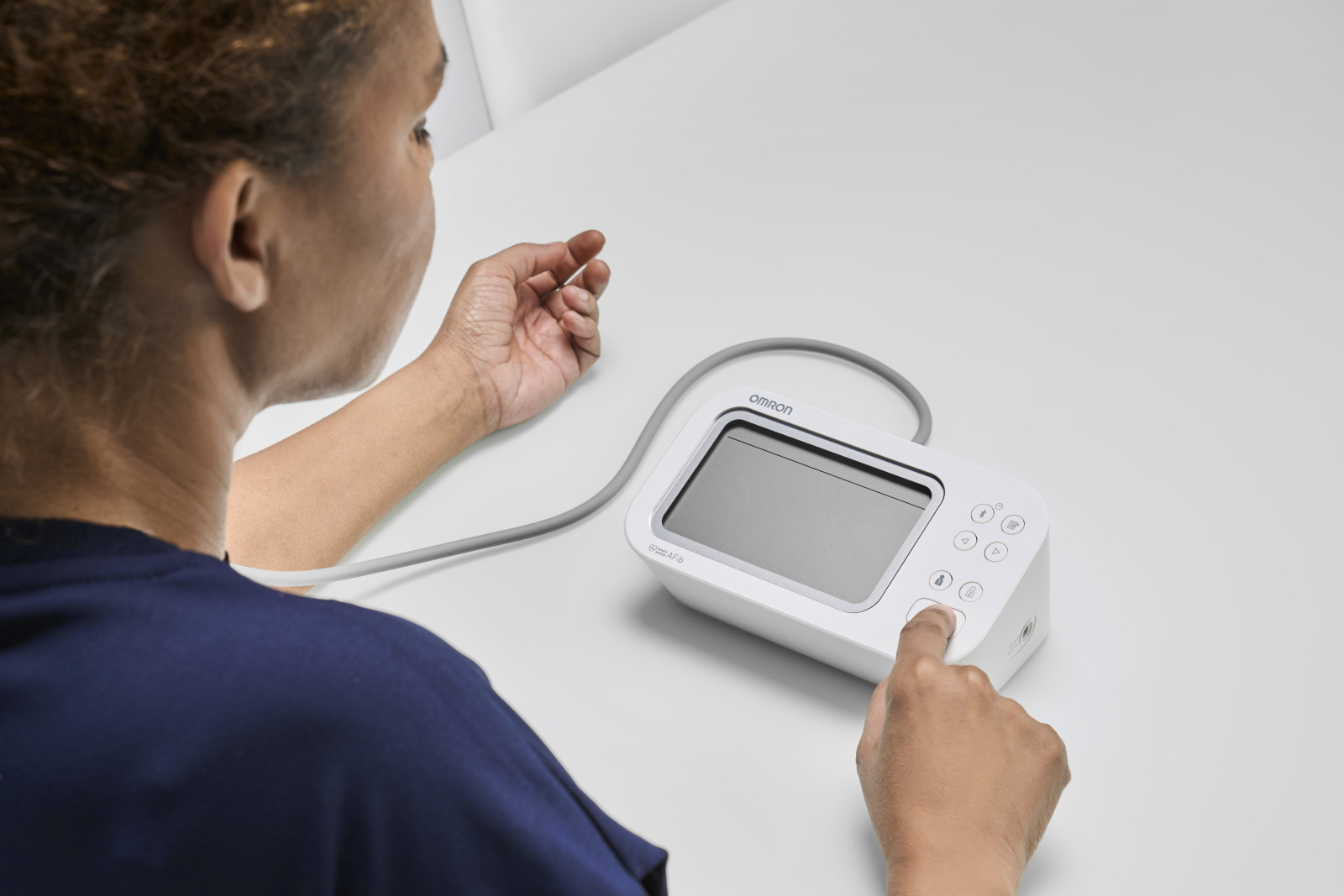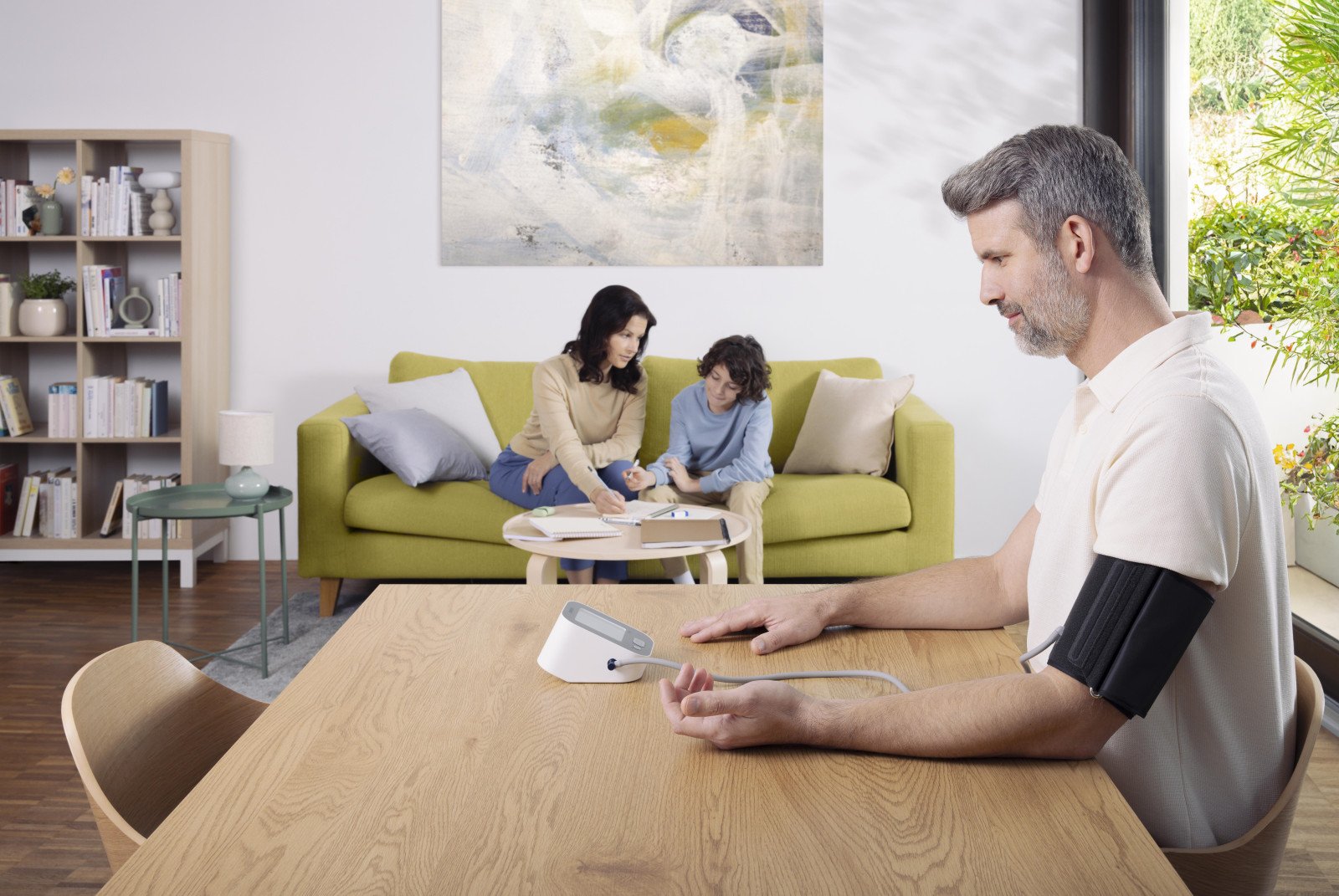
Ensuring Accuracy: The Importance of Using Calibrated Blood Pressure Monitors
Accurate blood pressure measurement is one of the most important diagnostic tools in cardiovascular care. Even small deviations in readings can affect treatment decisions, influencing whether a patient is diagnosed with hypertension or considered within normal ranges.

Introduction: The Importance of Accurate Blood Pressure Monitoring
Accurate blood pressure measurement is one of the most important diagnostic tools in cardiovascular care. Even small deviations in readings can affect treatment decisions, influencing whether a patient is diagnosed with hypertension or considered within normal ranges. This makes the use of validated blood pressure monitors essential, both in clinical practice and at home. Validation ensures that devices meet international standards for reliability and accuracy. Healthcare professionals can refer to resources such as StrideBP, which provides lists of clinically validated devices. Equally important is the concept of calibration, which corrects for device drift over time and ensures consistent, trustworthy results. Together, validated devices and routine calibration form the foundation for reliable blood pressure measurement.
Common Errors in Blood Pressure Monitoring
User-Related Errors
Using the wrong cuff size, leading to underestimation or overestimation of blood pressure.
Incorrect cuff placement, such as positioning too high or low on the arm.
Failure to follow standardized protocols, including resting before measurement or supporting the arm at heart level.
Environmental Factors
Excessive room temperature, humidity, or vibrations can interfere with device accuracy.
Noisy or distracting environments may also contribute to inconsistent readings.
These issues highlight that even when using the best validated blood pressure monitors, improper use can compromise accuracy. Recognizing and minimizing these errors is critical for both clinical staff and patients who perform home blood pressure monitoring.
How Calibration Prevents Common Errors
Calibration ensures that blood pressure monitors provide accurate and reliable results by detecting and correcting deviations that occur naturally over time. Devices, like any medical instrument, are subject to wear and tear. Without recalibration, this drift can lead to systematic errors that remain unnoticed until they significantly impact patient outcomes.
Key benefits of calibration include:
Accuracy correction: Ensures that measurements reflect true blood pressure levels.
Early detection of device issues: Identifies technical faults or sensor degradation.
Consistency across multiple monitors: Essential in hospitals or clinics where readings from different devices must align.
By implementing regular calibration schedules, healthcare providers can significantly reduce the risk of unreliable data and improve confidence in clinical decision-making.
Risks of Skipping Calibration
Clinical Risks
Misdiagnosis of hypertension or hypotension due to inaccurate readings.
Incorrect adjustments to antihypertensive medication, increasing the risk of adverse effects or uncontrolled blood pressure.
Patient Risks
Erosion of trust when patients receive conflicting readings between visits or different devices.
Missed detection of serious cardiovascular conditions, leading to strokes, heart attacks, or kidney damage.
Skipping calibration compromises both clinical accuracy and patient safety. It is not just a technical oversight but a significant risk factor in the overall chain of care. Regular calibration safeguards against these risks and ensures that treatment decisions remain evidence-based.
Best Practices for Routine Calibration
Regular Calibration Schedule
Digital blood pressure monitors should be calibrated every 1–2 years or as recommended by the manufacturer.
Devices used frequently in clinical settings may require shorter intervals.
Documentation and Compliance
Keep detailed records of all calibration checks for audits and internal quality assurance.
Adhere to institutional or regulatory guidelines to maintain compliance.
Staff Training
Train staff on both the importance of calibration and proper measurement techniques.
Emphasize correct cuff use, patient positioning, and repeat measurements for consistency.
Routine calibration should be considered a core part of quality assurance in blood pressure monitoring, not an optional task.

Tips for Avoiding Errors During Blood Pressure Measurement
In addition to calibration, proper technique plays a vital role in ensuring accurate BP readings.
Always use the correct cuff size for the patient’s arm circumference.
Ensure the cuff is placed correctly on the upper arm, with the bladder over the brachial artery.
Position the patient comfortably, seated with back supported, legs uncrossed, and arm at heart level.
Allow the patient to rest quietly for 5 minutes before measurement.
Regularly inspect the cuff and tubing—if the tube is leaking or damaged, the cuff should be replaced immediately.
By combining validated devices, calibration, and proper use, healthcare professionals can minimize errors and deliver more reliable results.

Conclusion: Ensuring Accurate Measurements Through Calibration
Reliable blood pressure measurement depends on more than just having advanced equipment—it requires validated devices, routine calibration, and correct usage. Calibration corrects for drift and wear, ensuring accuracy over time, while validated devices guarantee compliance with clinical standards. Proper cuff selection and positioning are equally critical for avoiding user-related errors. For healthcare professionals, prioritizing device maintenance and calibration is not just a technical responsibility but a cornerstone of patient safety. By combining technology with best practices, clinicians can ensure that every blood pressure reading is accurate, consistent, and trustworthy — supporting better decisions and improved patient outcomes.
References
Williams B, Mancia G, Spiering W, et al. 2018 ESC/ESH Guidelines for the management of arterial hypertension. European Heart Journal. 2018;39(33):3021–3104. doi:10.1093/eurheartj/ehy339
Whelton PK, Carey RM, Aronow WS, et al. 2017 ACC/AHA Guideline for the Prevention, Detection, Evaluation, and Management of High Blood Pressure in Adults. Hypertension. 2018;71(6):e13–e115. doi:10.1161/HYP.0000000000000065
Stergiou GS, Palatini P, Asmar R, et al. Recommendations and practical guidance for performing and reporting validation studies of blood pressure measuring devices. Blood Pressure Monitoring. 2018;23(1):1–9. doi:10.1097/MBP.0000000000000317
O’Brien E, Atkins N, Stergiou G, et al. European Society of Hypertension International Protocol revision 2010 for the validation of blood pressure measuring devices in adults. Blood Pressure Monitoring. 2010;15(1):23–38. doi:10.1097/MBP.0b013e3283360e98
STRIDE BP. International initiative for accurate blood pressure measurement: List of validated devices. Available at: https://www.stridebp.org
Padwal R, Campbell NRC, Schutte AE, et al. Optimizing observer performance of clinic blood pressure measurement: a position statement from the Lancet Commission on Hypertension Group. Lancet. 2019;394(10199): 957–965. doi:10.1016/S0140-6736(19)31900-X
OHEAPP-956







